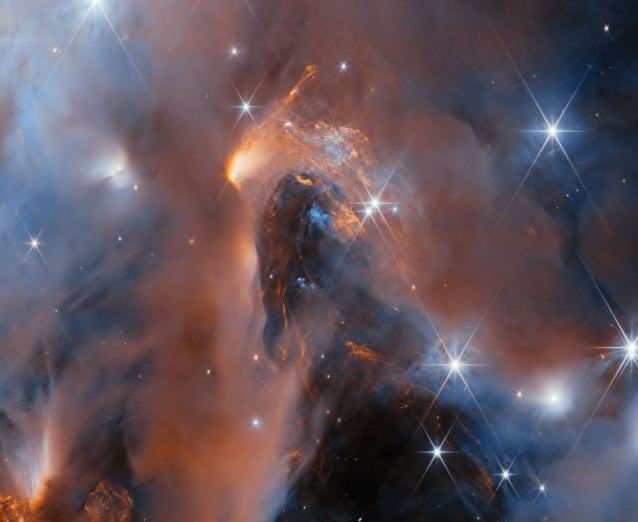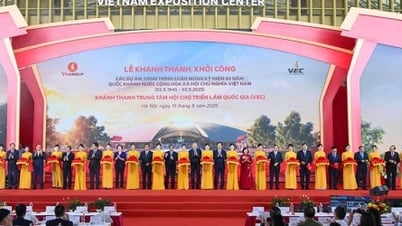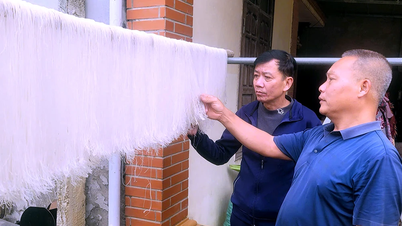JWST reveals secrets about wandering planets
Based on observations with the James Webb Space Telescope (JWST), scientists discovered many of the rogue planets, each with a mass between 5 and 10 times that of Jupiter, surrounded by disks of material containing a significant proportion of crystalline silicates, a component typically found in the dusty disks around newborn stars where planet precursors form.
“These studies suggest that objects with masses similar to the giant planets could form their own miniature planetary systems,” said astronomer Aleks Scholz of the University of St Andrews in the UK. “These systems could be similar to the Solar System, but 100 times smaller or more. Whether such systems actually exist remains to be seen.”

Several FFPMOs have been detected in the Perseus molecular star-forming cloud.
FFPMO - mysterious class of objects in the universe
In recent years, JWST has helped scientists identify a previously unknown class of objects: Free-Floating Planetary Mass Objects (FFPMOs). These can be up to 10 times the mass of Jupiter, floating among dense nebulae that are home to many stars.
FFPMOs may form from gravitational perturbations during star birth, causing them to be “ejected” from the infant planetary system, or simply form by a mechanism similar to a small star.
Signs of satellite formation
Previous observations have suggested that FFPMO is surrounded by a rotating disk of dust, similar to that of young stars. When the early Sun formed, the surrounding nebula cloud was pulled in and formed a disk, from which planets later formed.
To test this, a team led by Belinda Damian, an astrophysicist at the University of St Andrews, used JWST to analyse eight FFPMOs in the Orion Nebula. The results showed that these disks contained hydrocarbon and silicate grains, as well as signs of dust crystallisation – elements commonly seen in the formation of planetary systems around young stars.
Potential to create a “moon subsystem”
The above findings show that in the future, FFPMOs could completely possess moons and rings like Jupiter or Saturn. Notably, until now, humanity has not found any solid evidence of the existence of a moon outside the Solar System.
“These discoveries show that planetary building blocks can exist even around objects only slightly larger than Jupiter, drifting alone in space. This means that planetary formation is not limited to stars, but can also occur around single planets,” said scientist Belinda Damian.
This discovery not only expands our understanding of the diversity of structures in the universe, but also raises a big question: beyond star systems, could these wandering planets become “centers” for new planetary subsystems – places with the potential for future life?
Source: https://doanhnghiepvn.vn/cong-nghe/hanh-tinh-lang-thang-co-the-hinh-thanh-mat-trang-rieng-phat-hien-moi-tu-kinh-vien-vong-jwst/20250820025552265

























![[Photo] Prime Minister Pham Minh Chinh receives Australian Foreign Minister Penny Wong](https://vphoto.vietnam.vn/thumb/1200x675/vietnam/resource/IMAGE/2025/8/20/f5d413a946444bd2be288d6b700afc33)



![[Photo] Politburo works with Standing Committees of Lang Son and Bac Ninh Provincial Party Committees](https://vphoto.vietnam.vn/thumb/1200x675/vietnam/resource/IMAGE/2025/8/20/0666629afb39421d8e1bd8922a0537e6)










































































Comment (0)